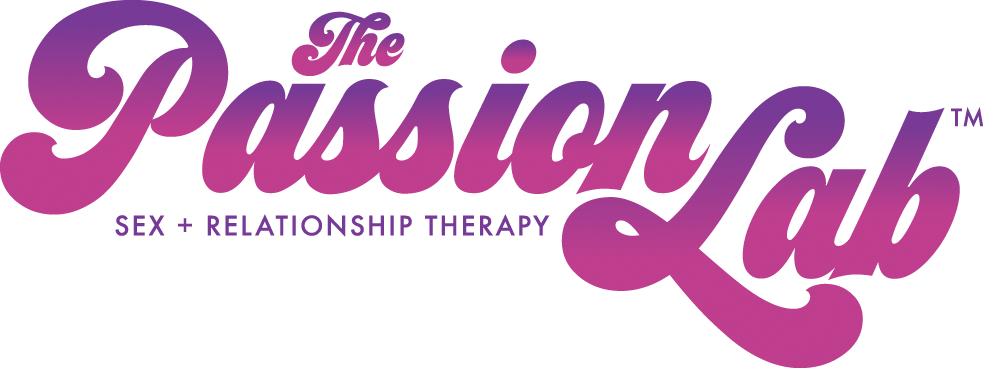Trans* Ally Workbook
I support and do my best to advocate for the transgender and non-binary community. Part of my work as a therapist is to bring that same allyship to the therapy setting by supporting trans and non-binary people in therapy either directly or when working with a family member/friend of a trans* person.
One small, but fundamental way to support a trans* person is to show respect by getting pronouns correct. For various reasons that can be difficult to do. If this has ever been a struggle for you, the Trans* Ally Workbook: Getting Pronouns Right & What It Teaches Us About Gender by Davey Shlasko is a brief booklet that can help.
For someone like me who is a little more versed in trans issues, using the correct pronouns is easier to do. Why? Because I worked on it. Because I care about the community and the people part of it and want to show them respect, dignity, love, and consideration. Of course, I mess up sometimes, I will not put myself on a pedestal and say I am the perfect example. When I still had very little understanding of what it means to be trans*, I put in a lot of time reflecting, learning, and listening. I did this because I have people in my life, ranging from acquaintances to family that deserved that.
For those who are newly learning about trans identities and issues, there are resources to help you. Do your homework. Especially if the person who is trans is important to you, why shouldn’t you?
What I love about the Trans* Ally Workbook: Getting Pronouns Right & What It Teaches Us About Gender are the exercises. With these exercises, you can practice using what might be unfamiliar ways of talking and thinking about people. Since it’s a book, you can go at your own pace and work on your own, giving you the chance to slip up in the comfortability of privacy. There’s less risk offending, disrespecting, or being a “bad” ally toward someone if you give yourself some time to learn.
Here are a few of my favorite exercises:
“Clarifying Motivation” — This is my favorite! It asks the reader to truly think about the importance of changing the way you see gender. If you really stop and think about the trans* person you love, you realize that it goes deeper than pronouns. Some of the questions asked to reflect upon include, Who is this person? Why is it important to get their pronouns right? What are the consequences of getting their pronouns wrong?
“Gossip (not really)” — The idea of this exercise is to practice talking and thinking about a person in their pronouns. You can talk it out in the shower, or while cleaning the kitchen. The point is to get used to thinking, hearing and saying the person’s name paired with the right pronouns.
“Community Norms” — Cultural change happens at the individual level. This section gets you to think about how you can help change community norms to reflect an awareness of multiple gender identities. This can be done by introducing yourself using your name and pronouns, then asking others for theirs. Whether in an office meeting, classroom setting, or one-on-one, using this way of communicating identity helps to remove assumptions.
I encourage anyone this is relevant for (which ideally is everyone. Chances are you will meet, know, or talk about a person who is trans* sometime in your life) to look at this workbook and/or find similar resources like it.

